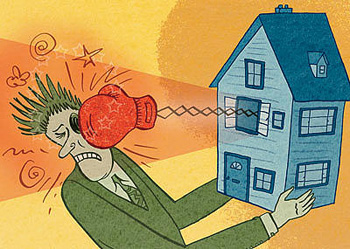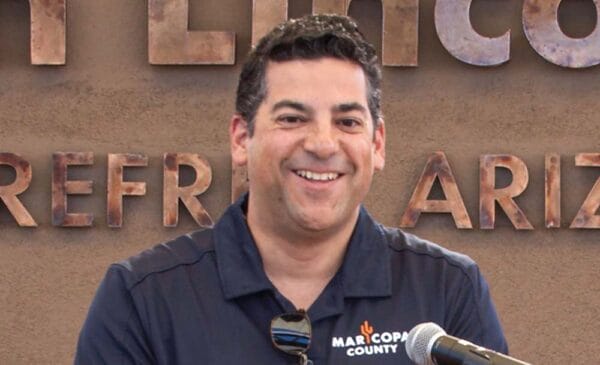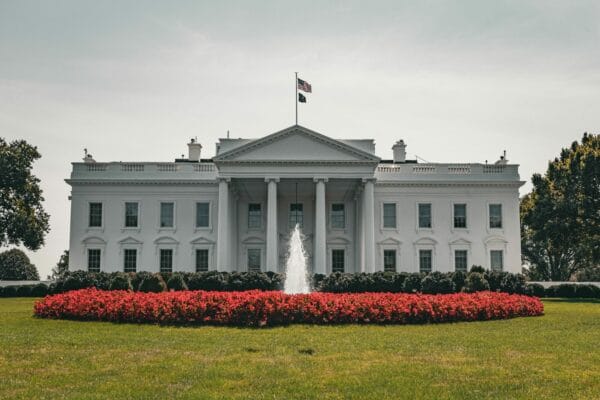By Rob O’Dell | The Arizona Republic
Arizona has failed to pass along tens of millions of dollars in federal aid to help struggling homeowners avoid foreclosure, despite being one of the states hit hardest by the housing bust.
Arizona had the nation’s second-highest foreclosure rate during much of the housing crisis. Yet from mid-2011 through the end of 2012, it spent only 6 percent of $268 million allocated to help Arizona homeowners through the worst housing crash in the country’s history. And a large portion of Arizona’s money was spent setting up the program — at one point making the state’s administrative costs the highest in the country.
Through 2012, Arizona had the poorest performance of any of the 18 states, plus Washington, D.C., that received federal “Hardest Hit” funds to help homeowners. The most successful states had spent more than 45 percent of their federal government allocation by the end of last year.
Arizona’s performance during the first quarter of this year has shown slight improvement. But as of the end of March, Arizona was one of only two states that had spent less than 10 percent of the federal money earmarked to help homeowners.
Arizona Department of Housing officials say the program did not have better success early on because banks would not work with them to modify mortgages, and Arizona was slow to adopt more successful approaches tried in other states. As a result, many homeowners’ mortgages were foreclosed on while the homeowners waited for aid.
The money is part of a federal bailout package in the $750 billion Troubled Asset Relief Program (TARP) — the portion intended to help homeowners rather than banks and financial institutions. Depending on the state, homeowners can qualify for mortgage modifications, principal reductions, short-sale assistance, second-lien reductions and unemployment assistance.
Arizona was one of the first five states approved to participate. The money first became available in June 2011 to help homeowners.











